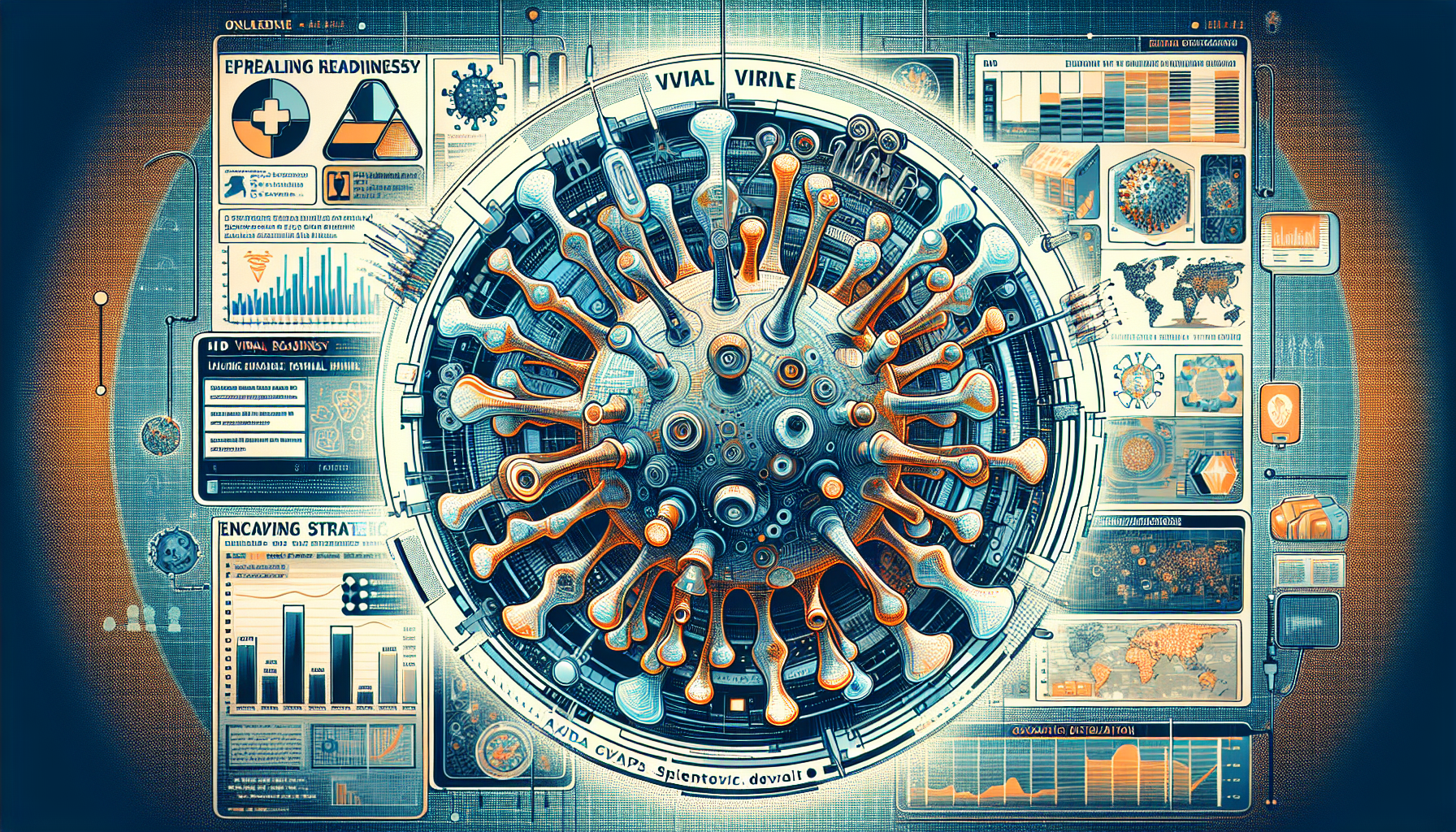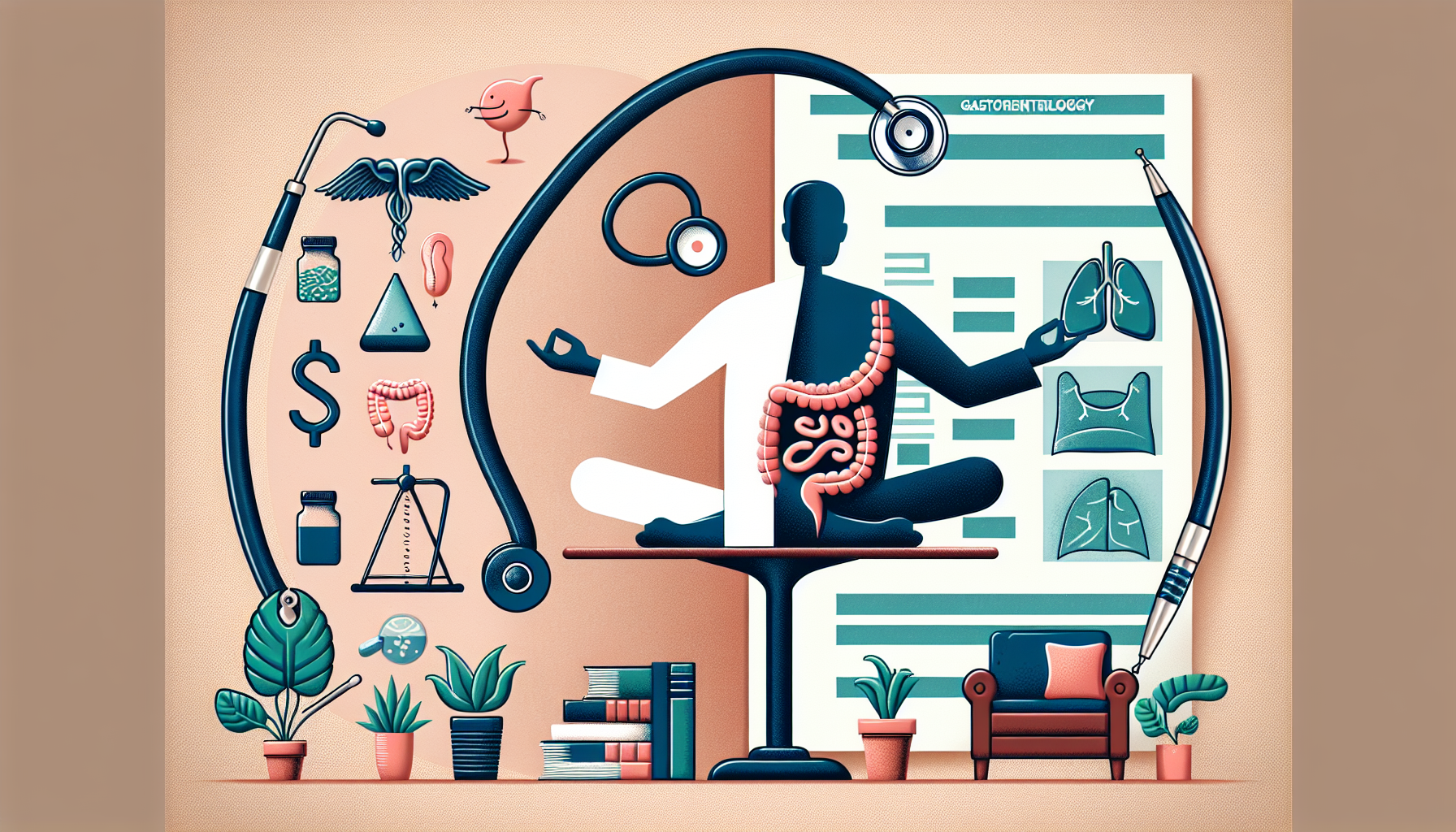Balancing Act: The New Face of Work-Life Harmony in Medicine
Key Takeaways
- Younger doctors seek a balanced work-life approach.
- Technology increases administrative workload for physicians.
- Systemic changes are crucial to address physician burnout.
Did You Know?
The Evolving Landscape of Work-Life Balance in Medicine
Historically, medical professionals have often prioritized their work over their personal lives. However, the dynamics are changing significantly due to a variety of factors, including shifting demographics in the workforce, enhanced communication capabilities, and the impacts of the COVID-19 pandemic.
Many leading voices in the industry now advocate for a balance between professional responsibilities and personal time. This shift reflects a growing recognition of the risks associated with burnout and the importance of maintaining personal health and relationships.
Generational Differences in Attitudes
There's a notable divide between older and younger generations of doctors when it comes to attitudes toward work. While the older generation may have been more willing to sacrifice personal time for work, younger physicians seek a more holistic approach. They value their careers but also prioritize their families, hobbies, and social lives.
Younger doctors enter the field with similar dedication; however, they are trained in environments that stress the importance of wellness and balance. This training aims to avoid the excessive strain experienced by previous generations.
Structural Changes Affecting Today's Physicians
Modern physicians face several unique structural challenges that affect their work-life balance. The rise in electronic health records (EHR) and other digital communications has increased their administrative workload, adding hours to their days just to manage patient communications. This “response fatigue” amplifies the physical and mental exhaustion already present in the job.
Furthermore, despite advancements in gender equality in medicine, women often bear a disproportionate share of household responsibilities. This dual burden exacerbates the stress and burnout experienced by female physicians.
Technology: A Double-Edged Sword
While technological advancements have enabled better communication and more informed patients, they have also led to increased expectations on physicians’ availability. This expectation can intrude upon their personal time, blurring the boundaries between work and leisure.
There is also a kind of backlash against technological reliance, where physicians feel that electronic systems detract from the personal connections that are vital to patient care.
The Impact of COVID-19
The pandemic has intensified pre-existing challenges, making it harder to maintain a clear divide between work and personal life. The necessity of remote work has led to expectations of constant availability, contributing to higher stress levels among physicians.
Financial and Workforce Concerns
Financial and workforce issues compound the problem. With many senior physicians retiring and fewer new doctors entering the field, the demand on current physicians is only expected to increase. This shortage creates a stressful environment where doctors are required to compensate for missing staff by taking on additional duties.
This lack of staff not only affects physicians but also creates backups and inefficiencies, further straining the healthcare system.
Addressing Burnout and Promoting Well-being
Individual strategies, such as setting personal boundaries for work communications and incorporating exercise into daily routines, can help manage stress. However, systemic changes are essential. Healthcare organizations need to implement robust well-being strategies that include reasonable work hours, support systems, and opportunities for professional growth.
Ensuring adequate administrative support can help physicians focus on patient care without being overwhelmed by paperwork. Creating a supportive community within the workplace can also foster better mental health and job satisfaction.
Gender-Specific Challenges
Female physicians, in particular, face unique challenges. Research shows they often take on more household responsibilities and are paid less than their male counterparts. Consequently, creating work environments that offer equitable parental leave and support systems is crucial.
Call to Action for Healthcare Systems
Healthcare systems must actively work to create a more balanced and supportive environment for medical practitioners. This includes creating policies that respect personal time and offering resources that help manage both professional and personal responsibilities effectively.
The onus also lies on individual practitioners to advocate for their needs and set boundaries that protect their well-being.
Conclusion
Balancing work and personal life in medicine is more important than ever. Addressing both individual needs and systemic issues will ensure that physicians can provide the best care to patients without compromising their own health and happiness.






